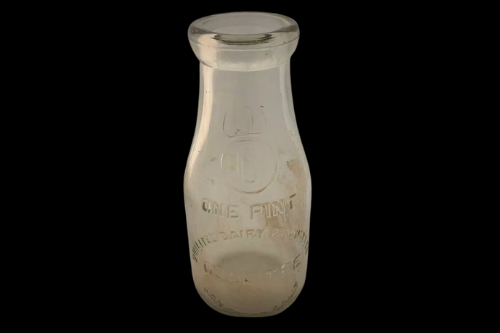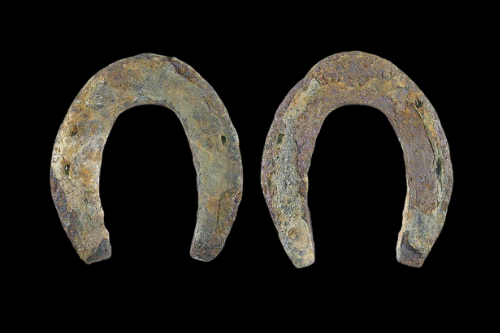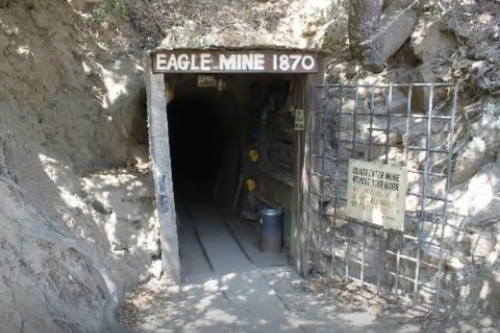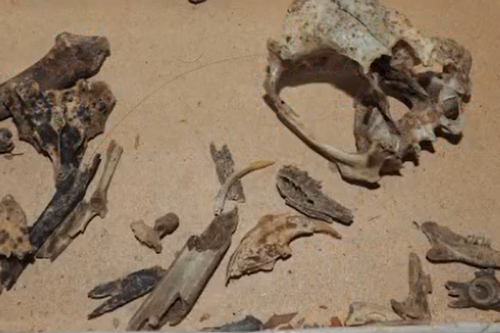
Historic Milk Bottles
Historical archaeology connects places, things, and issues from the past or present using not only what is found during an excavation, but also written records and oral traditions that then help inform and contextualize cultural materials.
During the spring of 2021, Palomar College students in Professor Betsy Pain’s Anthropology 225 class created videos that can be used as comparative or reference collection guide, which are useful for educational and research purposes. This video series highlights different types of historic artifacts for which students compiled research. If you have any questions about these artifacts or topics, please email collections@sandiegoarchaeology.org.
History of Milk and Identification of Historic Milk Bottles
By Harrison Chea, Palomar College student
Summary compiled by Collections Manager Jessica McPheters
Origins of Milk Consumption
 Genetic evidence points to humans beginning to consume milk in Central Europe and the Western Balkans approximately 7,500 years ago. During an examination of human remains uncovered at the Tollense Valley Battlefield in Northern Germany, it was revealed that humans had evolved to process lactose at some point over just a few thousand years. Sumerian cultures began to cultivate milk for cheese and butter production as early as 3000 BCE.
Genetic evidence points to humans beginning to consume milk in Central Europe and the Western Balkans approximately 7,500 years ago. During an examination of human remains uncovered at the Tollense Valley Battlefield in Northern Germany, it was revealed that humans had evolved to process lactose at some point over just a few thousand years. Sumerian cultures began to cultivate milk for cheese and butter production as early as 3000 BCE.
Origins of Glass Milk Bottles
Urbanization during the Industrial Revolution pushed dairy farms outside of cities so farmers began to rely on distributors to sell their dairy products. Dr. Henry Thatcher developed the first US patent for a milk bottle in 1884, and by 1889, using glass bottles to distribute milk was standard. Glass milk bottles were much more sanitary. They were delivered and distributed daily, as refrigeration was not yet standard.
 The original glass bottles were hand blown and tooled. Once glass manufacturing machines were invented around 1905, Thatcher’s company moved to machine manufactured glass.
The original glass bottles were hand blown and tooled. Once glass manufacturing machines were invented around 1905, Thatcher’s company moved to machine manufactured glass.
Common Characteristics of Milk Bottles
Some common characteristics of milk bottles that distinguish them from other types of bottles:
- Flared finish on the lip of the bottle with evidence of tool markings
- Clear glass to display the purity of the milk
- Thick and heavy glass
- Wide neck
- 1 pint measurement was the standard unit sold
Identification of Historic Milk Bottles
Enjoy this informative video to learn more about milk bottles and their history. Come back next month to learn about early twentieth century hardbody dolls!




